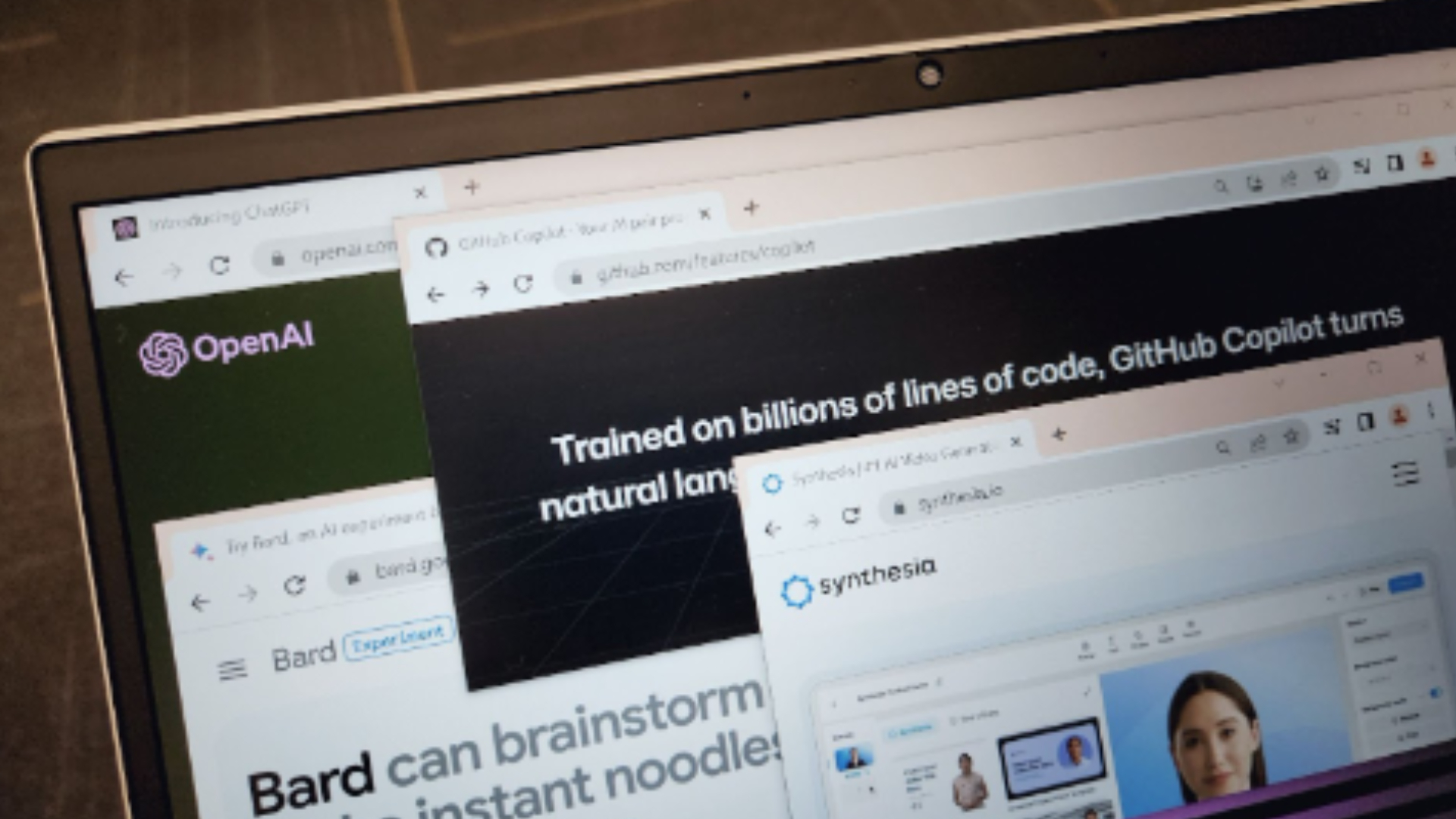Now is the time for digital publishers to broaden their focus beyond just selling advertising space and start fostering advantageous relationships with brands. Optimizing your technology stack is essential to accomplishing this because it not only increases your capabilities but also frees up critical time. Here’s what your goals should be:
Goal 1: Improve Audience Data

Knowing your audience is essential to successful digital publishing. Your ability to improve and customize your content to your audience’s tastes will increase with the amount of knowledge you have about them. Deeper engagement results from this also give you the tools you need to present opportunities that appeal to prospective customers.
Purchasing analytics software and audience profiling can provide important information about preferences, behaviors, and demographics. Publishers can now create more content that connects with their audience and builds a stronger, more devoted readership by applying this practice.
Goal 2: Specialized Readership

Audience engagement has its own currency in the digital age. A small but passionately involved community may have greater value than a large but uninterested viewership. Particularly niche publishers enjoy a distinct advantage because they serve a devoted and specialized readership.
Creating interactive content, promoting dialogue, and accepting user-generated content are all part of fostering engagement. Community-building programs, like social media groups or pages, give your audience a place to interact with each other and your content. The potential for future opportunities increases with the strength of the bond between your platform and audience.
Goal 3: Increased Promotional Appeal for Clients

It makes sense to offer clients more appealing marketing opportunities once there is a strong foundation in audience comprehension and engagement. Publishers become far more appealing to possible partners when they are able to provide intelligent, customized marketing solutions.
Personalized promotions, native advertising, and sponsored content are examples of tailored marketing opportunities. The secret is to perfectly match these offerings to your audience’s preferences and areas of interest. Customers want deeper relationships with their target audiences than just advertising space, and your platform serves as the link to make these kinds of connections possible.
Goal 4: Optimizing Your Tech Stack

Reaching these objectives depends on making the most of your technology stack. Actionable insights can be obtained, data collection can be automated, and operations can be streamlined with a strong and integrated tool set. Here are a few tech stacks you can invest in now:
- Advanced Analytics Platforms: Make use of analytics instruments that surpass fundamental traffic measurements. Seek out solutions that provide comprehensive analytics on content performance, behavior patterns, and audience insights.
- Customer Relationship Management (CRM): Publishers can effectively manage audience data with the use of a CRM system designed for them. It makes it possible for more in-depth comprehension of your customer needs, focused marketing, and personalized communication.
- Content Management Systems (CMS): Make an investment in a versatile CMS that makes it simple for you to produce and oversee interesting content. Think about functions like the integration of user-generated content and personalization.
- Social Listening Tools: Keep an eye on online forums and social media to learn about the attitudes and trends of your audience. Potential marketing opportunities can be identified, and content strategy can be informed by this data.
- Marketing Automation: To save time and guarantee consistency, automate repetitive tasks like social media posts and email campaigns. This frees up publishers to concentrate on producing high-caliber material and fostering connections.
- Integration of AI: And of course, we do not forget about the integration of AI in publishing. There is a noticeable buzz about AI in the publishing industry. Publishers can take advantage of a plethora of stand-alone options that provide AI-powered functionality, such as Creation of SEO-Friendly Content, Text-Guided Image Generation, Tools for Headline Suggestions, Checks for Plagiarism, Checks for Brand Voice, Condensed Content, and other AI-Powered Processes.
With the use of these tools, publishers can improve many facets of their processes for managing and creating content. Investing in new and improved publishing tech stacks can help you way more than you think.
And if you’re looking for help, PAGEONE is a dynamic force in the digital landscape, seamlessly integrating digital publishing, public relations, and cutting-edge tech solutions. Specializing in transformative digital campaigns, activations, website development, social media strategies, and other specialty communication services. PAGEONE—where innovation, technology, and strategic communication converge, ensuring effective and swift results for your business.


